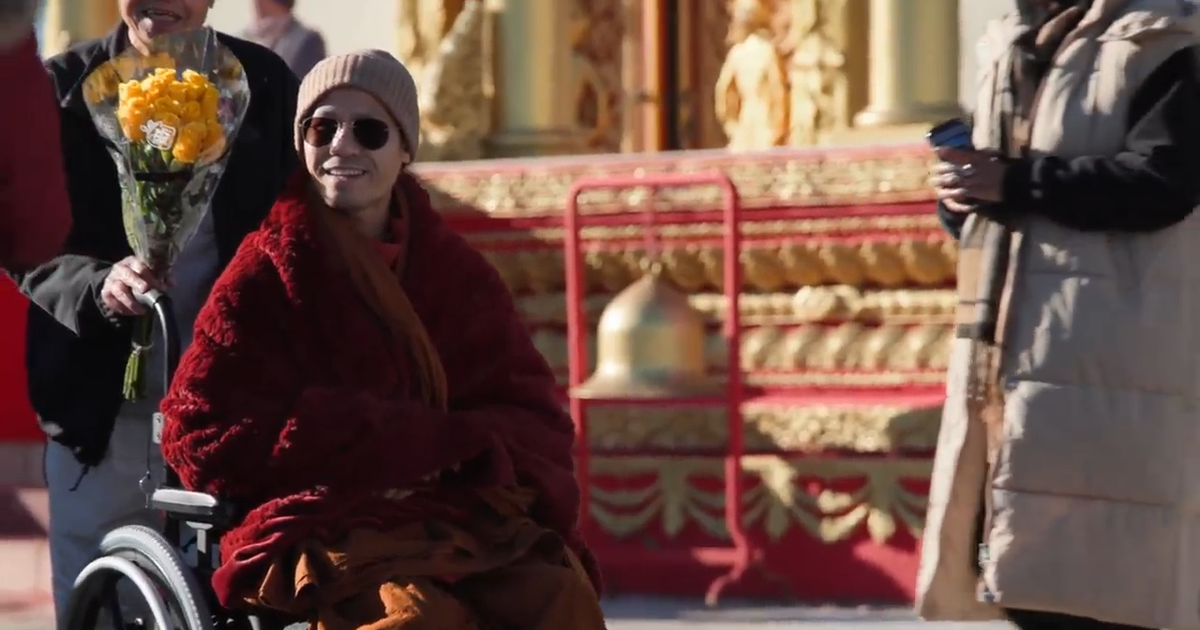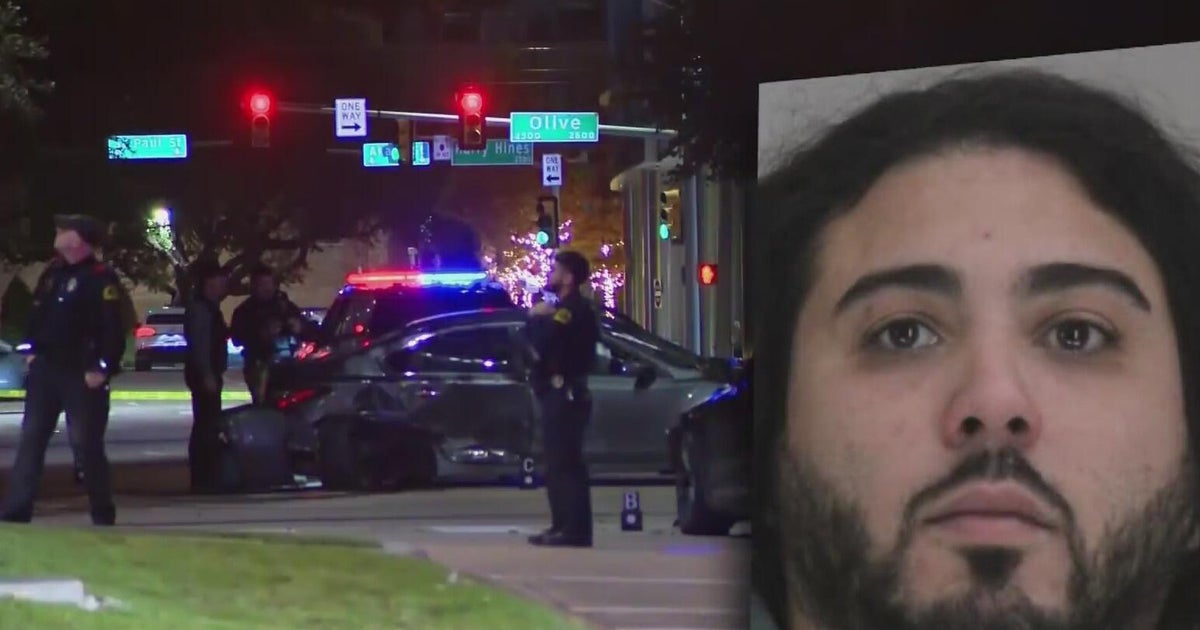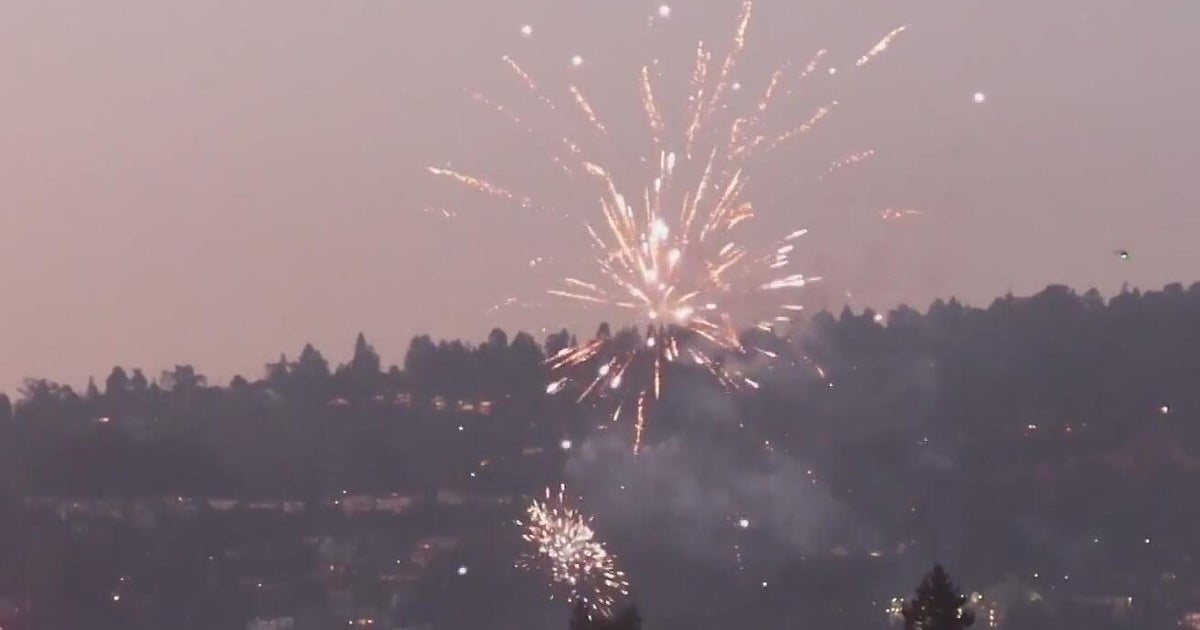Halloween Traditions Around The World
In the United States, it's that time of year when children dress in costume and parade the neighborhood, asking for sugary treats. Families may share scary stories around a bonfire, or curl up with popcorn to watch horror movies.
Halloween is upon us, with more than 175 million Americans planning to partake in festivities this year, according to the National Retail Federation.
Yet in other countries around the world, there are some very different celebrations that occur during the last week of October or first days of November.
RELATED: Most Popular Halloween Candy 2018: See Top Sweets In Every State
"Halloween is pretty much a North American holiday, as we celebrate it now," said Regina Hansen, a master lecturer at Boston University's College of General Studies, who has expertise in Halloween-related practices throughout history and popular culture.
"There are countries that have All Saints' celebrations or Day of the Dead or All Souls Day type of celebrations that are not Halloween," she said. "They are different things that happen to occur at the same time."
As American children delight in Halloween celebrations, here is just a sampling of some other fall festivities that families may be engaging in around the world.
Remembering ancestors and lives lost
"The mid-point between summer, in a general sense, and winter is a time traditionally associated with the remembrance of the dead in many cultures," said Joseph Nagy, a professor in Harvard University's Department of Celtic Languages and Literature in Boston, who has expertise in folklore and mythology.
Around the same time as Halloween, some families in Mexico gather to remember deceased friends and family members for a holiday known as el Día de los Muertos, or Day of the Dead, on November 2nd. Celebrations typically begin two days before.
In Haiti, Day of the Dead is sometimes celebrated with various Vodou rituals and customs.
Meanwhile, some families in Nigeria celebrate the Odo masquerade festival, which is a somewhat similar honoring of the dead, during which festival participants wear masks and perform theatrical acts.
RELATED: 13 Of The Scariest Health Hazards Of Halloween
Before Halloween, typically in August, some families in China celebrate the Hungry Ghost Festival, a month-long ancient tradition that pays respect to the spirits of the dead on the seventh month of the lunar calendar.
During the festival, ghosts are believed to return to Earth to haunt the living and people burn paper money, food and incense to pay respect to their ancestors and soothe wandering spirits. Throughout the month, many communities host celebrations, hand out rice to people in need and stage traditional Chinese operas on temporary bamboo stages.
In some countries, certain American Halloween traditions have emerged, among children and adults alike. For instance, some adults travel to spooky places like Transylvania around Halloween.
Located just outside of the Romanian city of Brasov, Bran Castle -- made famous by Irish author Bram Stoker as Dracula's Castle -- tends to host Halloween celebrations of its own.
Meanwhile, in Japan, Halloween has become an event for adults to enjoy with cosplay and parties.
On the first day of November, some families worldwide, from France to Guatemala, celebrate All Saints' Day, a Christian festival typically marked with family gatherings and silent prayers to honor all of the saints.
Pope Gregory III built and dedicated a special chapel in Rome in the 8th century in memory of all the saints on November 1, according to the Catholic University of America. Then Pope Gregory IV and Emperor Louis the Pious extended the November 1 feast of All Saints to the Holy Roman Empire in the 9th century, and from there it spread throughout Europe.
In medieval England, the festival was known as All Hallows, and its eve is All Hallows' Eve, or Halloween. The day after All Saints' Day is All Souls' Day on November 2. These days were designated as a celebration of saints and a time to pray for dead souls.
During this time in France, for instance, "people may go to cemeteries and they wear a flower to honor their departed relatives," Hansen said, referring to chrysanthemums.
Meanwhile, in Guatemala, some families honor their dead by flying large, colorful, hand-painted kites in the sky over the graves of family members.
As it turns out, even where the idea of Halloween is believed to have originated -- in western Europe -- some celebrations involved honoring the dead.
Halloween's spooky origins
"Probably the first thing we have that is related to Halloween is this Irish Celtic festival known as Samhain, which occurred at the end of October and this is often thought of as a new year celebration," Hansen said.
The word Halloween is an abbreviated version of the phrases All Hallows' Eve or All Hallows' Evening, but the celebration is believed to have come from that ancient festival celebrated by Celtic people more than 2,000 years ago.
"What we would call November, or the early part of it, appears to have been the designated end-of-harvest and beginning-of-winter time among peoples who spoke or speak Celtic languages -- primarily represented today by the Irish, the Scottish particularly of the Highlands and islands, the Welsh, and the Bretons -- but the Celtic languages were far more widespread throughout Europe in ancient times," Nagy said.
"In Irish, this time or, specifically, what we would call November 1, is known as Samhain, which probably means 'end of summer,' " he said. "This time was, and still to some extent is, treated in the traditional cultures of Ireland, Scotland, Wales and Brittany as 'liminal' -- that is, a time when boundaries both human and metaphysical loosen up."
While it remains unclear exactly how ancient Celtic people celebrated Samhain, due to there not being many written records, Hansen had some ideas.
"They probably had bonfires ... and made offerings of food and crops and cattle," Hansen said, since research suggests that is typically how they tended to celebrate things.
"It was when the Irish immigrants came that the holiday really sort of took root in America and they had their practice of going door to door, asking for fruits and nuts and things like that," she said, referring to how immigrants from Ireland and Scotland brought Halloween-like traditions to the US in the 1800s.
Then over time, she added, Halloween became more commercialized and evolved into the candy-fueled celebration it is today, not only in the US but other countries too.
All in all, "there are lots of ways to celebrate Halloween and for many people it's still a religious holiday or has religious implications, and for other people it's entirely secular," Hansen said.
"Some people will watch Halloween movies. Some people have trick-or-treats or partying," she said. "There's so many ways to celebrate it and it seems to me to be able to adapt itself to whatever interests you."
The-CNN-Wire
™ & © 2018 Cable News Network, Inc., a Time Warner Company. All rights reserved.







